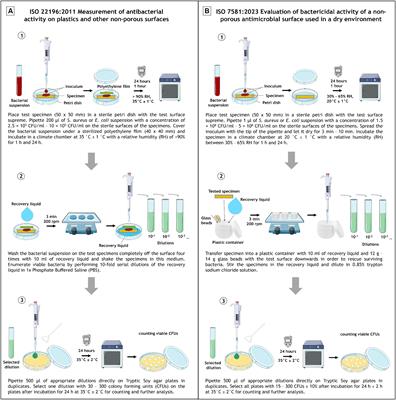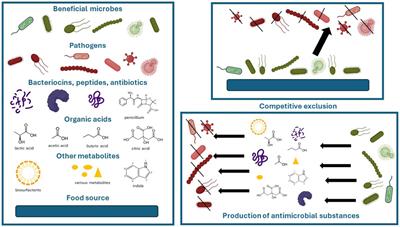ORIGINAL RESEARCH
Published on 17 Jul 2024
Antimicrobial non-porous surfaces: a comparison of the standards ISO 22196:2011 and the recently published ISO 7581:2023

doi 10.3389/fmicb.2024.1400265
- 3,711 views
- 6 citations
1,599
Total downloads
8,451
Total views and downloads
Submit your idea
Select the journal/section where you want your idea to be submitted:
ORIGINAL RESEARCH
Published on 17 Jul 2024

REVIEW
Published on 12 Jun 2024

Manuscripts can be submitted to this Research Topic via the main journal or any other participating journal.
Submit your idea
Select the journal/section where you want your idea to be submitted: